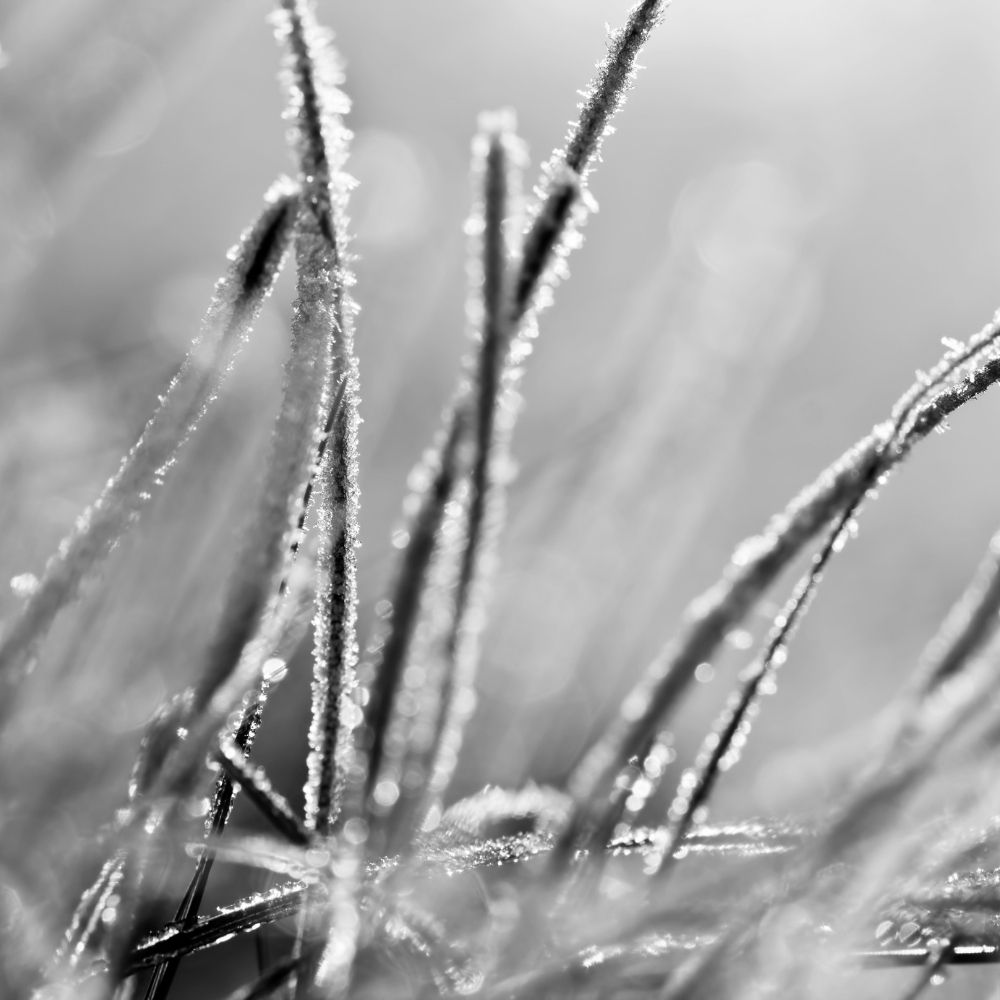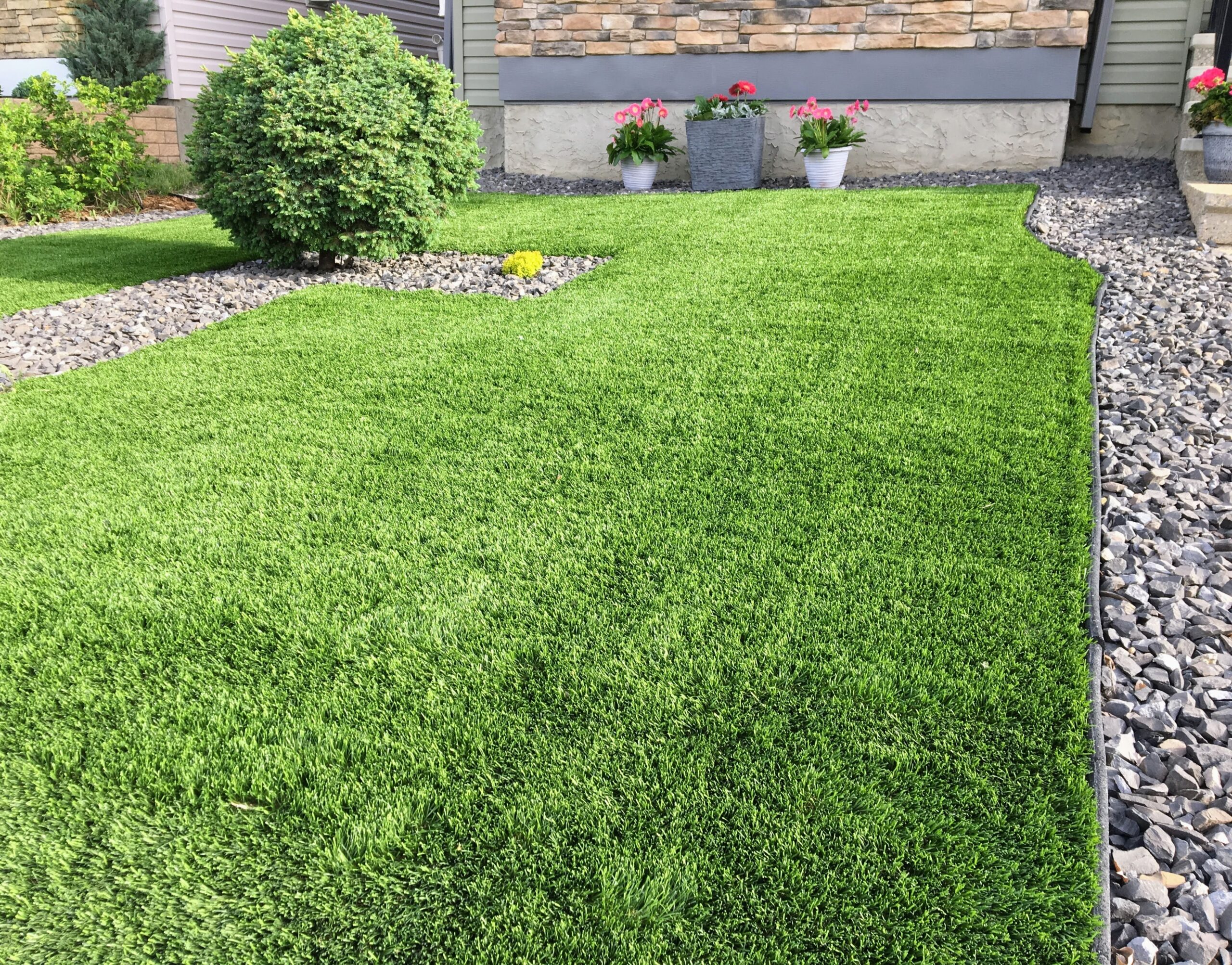Massachusetts homeowners dread the first signs of winter – frigid temperatures, leafless trees, and of course, the first snowfall of the year.
For homeowners who have artificial turf lawns, or homeowners in Massachusetts considering artificial turf installation, the first signs of winter can raise concerns about how to care for the landscaping.
Understanding how to care for artificial turf in the winter and the different types of artificial turf can help homeowners understand if the chosen turf material is durable enough to handle a New England winter.
What Are the Different Types of Artificial Turf?
The way snow impacts artificial turf is dependent upon what type of artificial grass you have installed.
Nylon Artificial Grass
Nylon Artificial Grass is durable and commonly recognized as a strong, sustainable material for artificial turf. With that durability and sustainability, however, comes a higher price tag, making it a less-likely option for complete front or backyard landscape design.
Instead, Nylon Artificial Grass is best used for smaller areas within your landscape design, like a backyard putting green or patio area.
Polyethylene Artificial Turf
The most commonly used material for artificial turf, Polyethylene is a comparatively budget-friendly option and most frequently used in residential and commercial landscape design, as well as indoor soccer fields and other athletic stadiums.
Additionally, homeowners in Massachusetts and around the world agree that Polyethylene artificial grass better replicates real grass lawns, softer and natural to the touch. Like Nylon, Polyethylene is durable and will hold up nicely during a New England winter.
Polypropylene Artificial Turf
Polypropylene artificial turf is the most affordable option for homeowners in Massachusetts, but with that lower price tag comes a less durable product.
If you do choose polypropylene for your residential or commercial landscape design, try to use it only in smaller spaces, like a putting green. This material does not hold up well during the winter months and does not stand up well to frequent foot traffic or outdoor playtime.
Pet-Friendly Artificial Grass
If you’ve been to an airport lately, you’ve probably noticed pet relief areas inside airport terminals. These pet relief areas include a small patch of artificial turf, great for drainage, keeping the surface clean and dry, and are durable enough for even the most playful and energetic pets!
Learn more about pet-friendly artificial turf your dog will love!
Will Snow Damage Artificial Turf?

If you follow the guidance of your landscape designer in Massachusetts and learn about the different types of artificial turf, snow will not damage artificial turf.
Once summer ends and the autumn leaves begin to fall, make sure you’re raking your artificial turf lawn and removing any debris. During winter, you can create pathways or lay down a tarp if the land the turf covers is not large, but this is not required to protect artificial turf long-term.
Artificial turf is perfectly safe for Massachusetts homeowners or anyone who lives in a harsh winter environment and can be cared for similarly to a regular grass lawn. Once the snow melts away, your artificial turf lawn will look as lush as it did before the New England snow began to fall.
To learn more, visit the JM Mento Landscape Design Services page and schedule a free consultation today!
Follow JM Mento Landscape Design on Facebook, Twitter, Instagram, Pinterest, and Houzz for project details and updates!






0 Comments